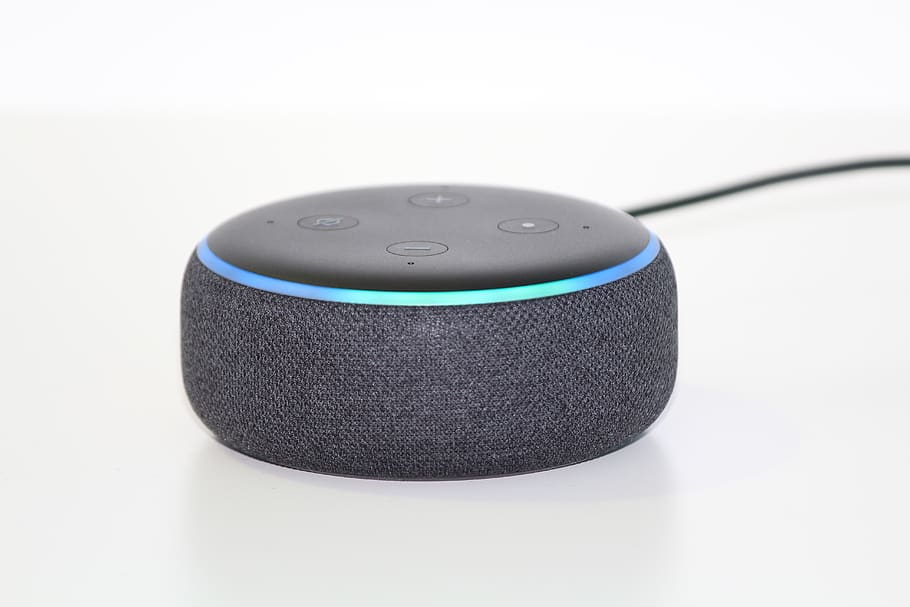
In an era characterized by rapid technological advancements, voice technology has emerged as a transformative force, revolutionizing how we interact with our devices and access information. From voice assistants that reside in our smartphones to the integration of voice search in our daily routines, this technology has reshaped voice assistant searched the way we navigate the digital landscape. This article delves into the evolving trends within voice technology, highlighting the growth of voice assistants, the impact of voice search, and the seamless integration of voice across various platforms.
The Rise of Voice Assistants
Voice assistants have become an integral part of our lives, serving as digital companions that cater to our needs and preferences. With the advent of smart speakers and virtual assistants like Amazon’s Alexa, Apple’s Siri, Google Assistant, and Microsoft’s Cortana, the technology has transcended its novelty status to become an essential tool for tasks ranging from setting reminders to controlling smart home devices.
One of the remarkable trends in voice assistants is their increasing ability to understand context and hold natural conversations. This shift from basic command-response interactions to dynamic dialogues signifies a step forward in human-machine interaction. Through machine learning and natural language processing advancements, voice assistants are becoming more intuitive, adapting to users’ speech patterns and offering personalized responses.
- 128 million people used voice search in 2020.
- 32% of Americans owned a smart speaker in 2021.
- 51% of voice searchers use voice to research products, 36% to add an item to their shopping list, and 22% to make a purchase.
Voice Search: Revolutionizing Online Exploration
Voice search has reshaped the way we navigate the digital realm, altering search engine optimization strategies and influencing user behavior. The convenience of speaking a query instead of typing it has led to a surge in voice searches, especially on mobile devices and smart speakers. Businesses and content creators are adapting to this trend by optimizing their digital content to match the conversational nature of voice queries.
Voice search trends reflect users’ desire for instant, succinct answers. This has prompted search engines to emphasize featured snippets and concise responses to cater to voice-driven inquiries. As voice search continues to gain prominence, its impact extends beyond the virtual realm, influencing the design of websites, apps, and even physical spaces.

Integration Across Platforms: From Cars to Homes
Voice technology’s reach goes beyond our personal devices, extending into various facets of our lives. It has found its way into our vehicles, with many modern cars equipped with voice-activated systems for navigation, entertainment, and hands-free communication. This integration enhances driver safety and convenience by reducing distractions and enabling drivers to interact with their vehicles using natural language.
The integration of voice technology into smart homes has also transformed the way we interact with our living spaces. From adjusting lighting and thermostats to placing online orders, voice commands have streamlined household tasks and created a more seamless and intuitive living environment.
Unleashing Business Potential with Voice Search
Voice search is fundamentally changing how business managers and marketers engage with their target audiences. Professionals who understand and harness this technology are poised to unlock numerous benefits. Imagine a marketing manager overseeing a new product launch. By utilizing voice search, they can swiftly gather real-time insights into consumer sentiments, track brand mentions, and gauge market trends. This rapid access to data enables agile decision-making and empowers marketing campaigns to respond effectively to changing market dynamics.
In the world of e-commerce, the implications of voice search are substantial. Businesses can tailor their online shopping experiences to cater to voice-driven inquiries. By providing concise and relevant responses to voice search queries, companies can enhance user satisfaction, drive conversions, and cultivate customer loyalty.
Strategic Integration for Success
The integration of voice technology into business strategies goes beyond mere optimization—it involves strategic alignment and seamless implementation. Marketing teams can create voice-friendly content that addresses common customer queries, ensuring that voice search results are accurate and useful. Additionally, leveraging local SEO tactics ensures that businesses appear in voice search results when users seek nearby products or services.
Business managers can explore partnerships with voice technology providers to develop branded voice experiences, enabling customers to interact with their brand through voice assistants. Customized voice applications for smart speakers can enhance customer engagement, providing information, recommendations, and personalized experiences.

Challenges and Future Outlook
While the growth of voice technology has been remarkable, it comes with its share of challenges. Privacy concerns related to voice data collection and storage have sparked debates about the ethical use of this technology. Additionally, ensuring accessibility and inclusivity for individuals with diverse speech patterns and languages remains an ongoing consideration.
Looking ahead, the future of voice technology holds exciting possibilities. As natural language processing and AI algorithms continue to advance, we can expect even more sophisticated voice assistants that understand nuanced instructions and engage in meaningful conversations. The integration of voice technology into industries such as healthcare, education, and customer service is poised to reshape the way we experience various sectors.
Embracing the Voice-Driven Future
Voice technology trends underscore a shift in how we interact with technology and navigate our surroundings. Voice assistants, voice search, and integration across platforms have transformed our digital experiences and are shaping the way we communicate with machines and with each other. As this technology continues to evolve, it’s clear that the voice-driven future holds boundless opportunities for innovation and enhanced human-machine interaction.




